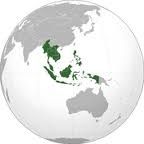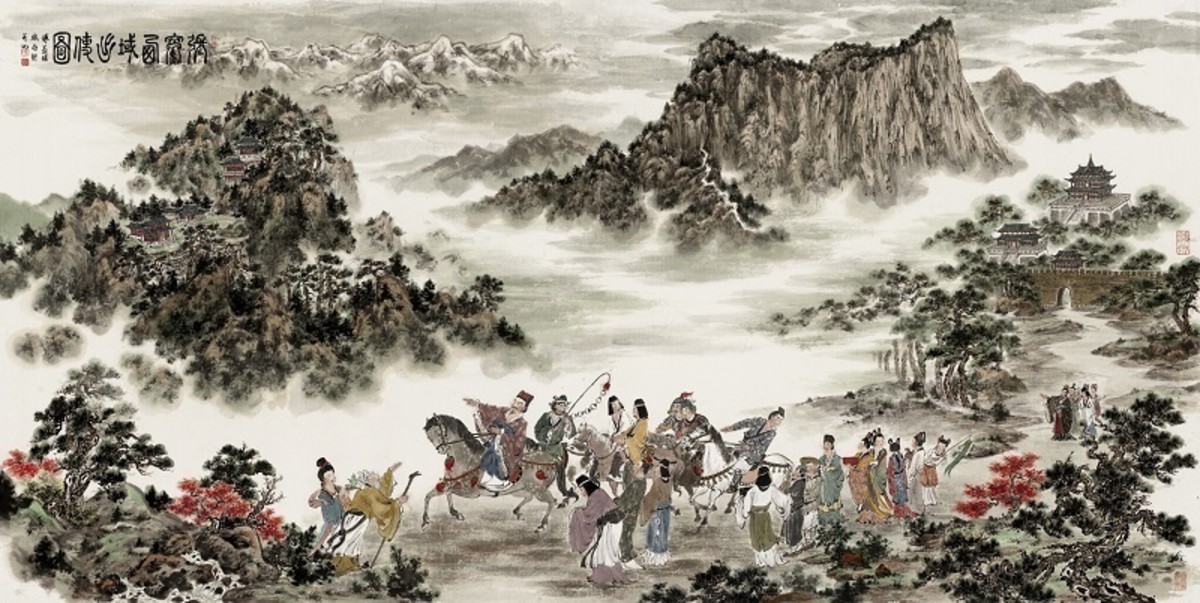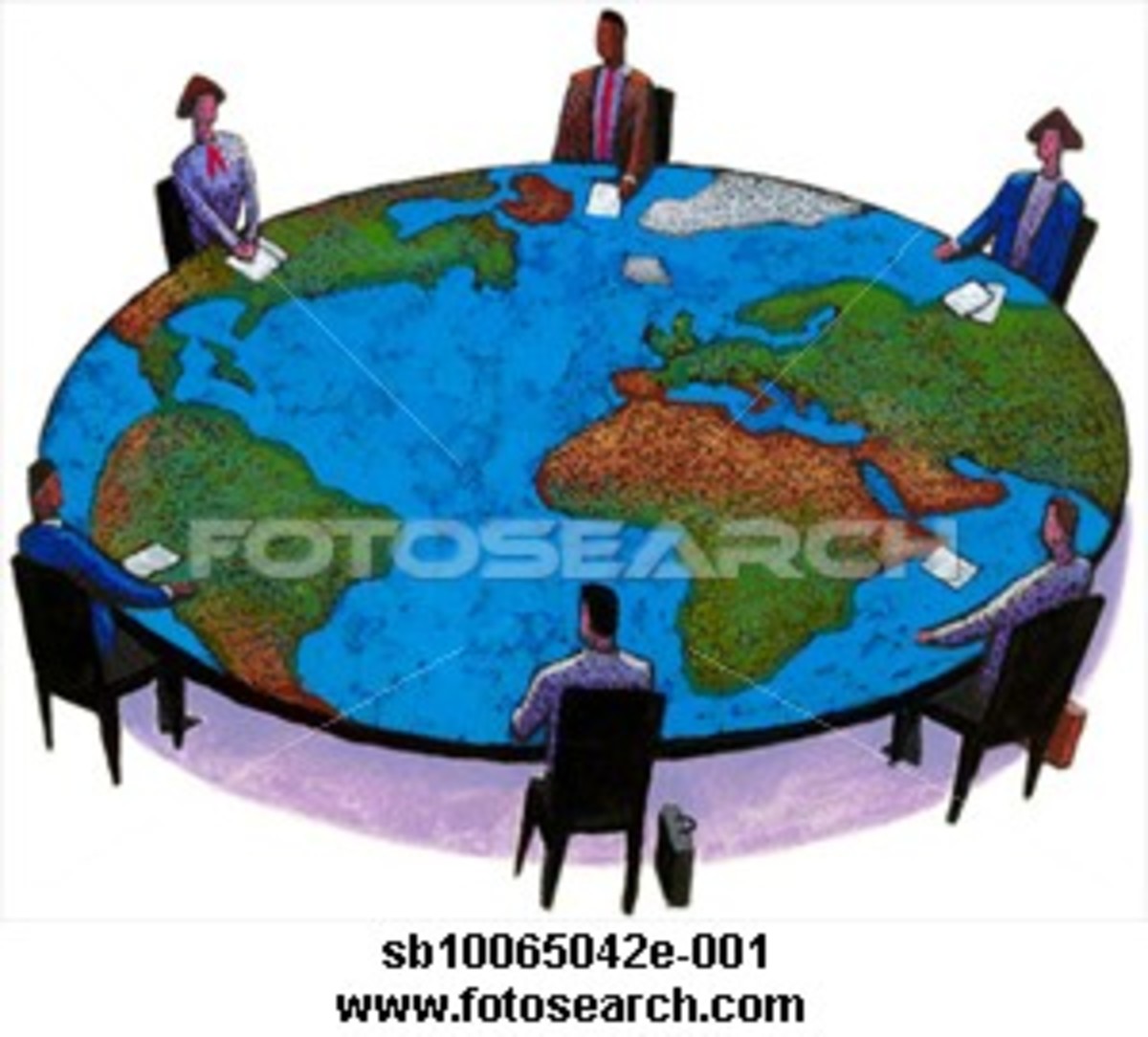A Profile of ASEAN Free Trade Area (AFTA)

The ASEAN Free Trade Area or AFTA is an economic trading group that functions as an agreement within the larger framework of the Association of Southeast Asian Nations. AFTA is an important step for developing a quickly growing area home to roughly 580 million people and with a combined GDP of over US$1.5 Trillion (ASEAN, 2010). The ASEAN countries are in a strategic geographical location to benefit by trade relations with China, Japan and Australia. I choose AFTA because I went to China this summer and wanted to learn a little bit more about that part of the world. I specially choose AFTA, because it is a recent agreement and is still in force, so there was significant information on the subject.
In this paper I will cover the history and beginnings of AFTA along with the forces behind its creation. I will explain the process by which the treaty was negotiated and put into practice: how the disagreements were eventually worked out. I will also profile the countries involved in AFTA, both at its creation and now. I will cover a brief history of the organization, its effectiveness and some current issues as well. I will compare it to its original goals and look toward the future
Organizational History
The ASEAN Free Trade Agreement was not surprisingly born out of a parent organization, ASEAN. ASEAN was founded on 8 August 1967 in Bangkok, Thailand; it was developed mostly out a concern for political security (DeRosa, 1995). The founding countries were Indonesia, Malaysia, Philippines, Singapore and Thailand. AFTA itself was created later on as a compartment of ASEAN.
After World War II, there was a shift from the economic attitude of protectionism that prevailed from the early 1900’s through the Great Depression. Numerous economic agreements, headed by the United States, were established encouraging trade liberalization. Within the next few decades, globalization began in earnest and especially regionalism, as witnessed by the European Union and later NAFTA. The Uruguay Round of Negotiations for GATT was underway and influencing, maybe encouraging regional and bilateral trade agreements (DeRosa, 1995). Asian and Western business philosophies were beginning to moderate toward each other and reconcile, along with the increasing roles that international policy played in a country’s well-being and economic standing (Imada, & Naya, 1992). China also began its spectacular transformation from a state-controlled system, to a market economy, opening up further outlets for exports, cheap labor and imports. The original agreement for AFTA was signed by six countries: Brunei, Indonesia, Malaysia, the Philippines, Singapore and Thailand.
All ASEAN countries were eager to agree that they wanted to improve their economies; even all were in agreement that there should be some form of trade and customs agreement. When it came down to the details, the glorious plan that some had envisioned was severely weakened and watered-down with qualifications and exceptions. The Thai Prime Minister Anand Panyarachun was instrumental as an instigator of the agreement. At an ASEAN Economic Meeting in Kuala Lumpur, Malaysia, the Singapore Declaration was first drafted. The Singapore Declaration was signed in its namesake city on January 28th 1992. That document formed the framework that was to be the future AFTA. The full implementation of the agreement was to be put in full force on January 1st 2003 (ASEAN, 2010).
When the agreement was first adopted, there was not even a binding treaty, that being seen as “too legalistic” (Vatikiotis, 1991). Although AFTA had sounded like a good idea, countries could opt out of any measures they disagreed with and there was no effort to try to deal with any form of agriculture within the agreement. The eventual agreement stated had two main goals: to reduce tariff and non-tariff barriers to trade and to increase foreign direct investment (Association of Southeast Asian Nations, 1992). The Common Effective Preferential Tariff or CEPT is the mechanism by which the ASEAN states organize their customs. Import tariffs vary per country except in the case of imports of goods from ASEAN countries. Tariffs on ASEAN country imports will eventually be lowered to less than 5%, but currently countries may have higher rates while they work towards that goal (www.aseansec.org).
At its signing, the Singapore Declaration, which became AFTA, was endorsed by six states: Brunei, Indonesia, Malaysia, the Philippines, Singapore and Thailand. After the formation of AFTA, membership into the ASEAN was necessarily followed by membership in AFTA. In 1995, Vietnam joined, followed by Laos and Myanmar in 1997 and in 1999, Cambodia. (www.aseansec.org).
Actions and Functions
Although its effects are debatable, many experts agree that, as a whole, AFTA has not increased trade by any great margin. Tariffs have been lowered, but given that many of the nations in ASEAN are developing and have similar comparative advantage, trade has been less beneficial than is possible. Political divisions and gridlock have removed the “teeth” from AFTA and thus, it has a lesser upside potential.
Recently, though, AFTA has fostered good relationships with its powerful neighbors, especially China. The increase in trade with AFTA members has positive economic benefits for all member nations. Although some businesses have been struggling due to increased competition (Muang, 2010), increases in GDP overall are expected.
Over time, I think the agreement began to be used more as an international trade bargaining chip with nations like China, Japan and South Korea for political and economic reasons as well as being a Free Trade Area for the involved countries. The most recent AFTA meeting was attended by China, Japan, South Korea, India, Australia and New Zealand as well as the member countries and Papua New Guinea and Timor-Leste.
In the future, look for AFTA to increase in world standing through increasing industrialization and trade. The Free Trade Area will increase trade with ASEAN nations, but more importantly offer a mean for trade with larger and powerful nations like China and Japan. The ASEAN nations could become more integrated and function more as a single group like the current EU and will use their collective political influence to bargain and negotiate for economic as well as political power. There have been rumors of an Asian Monetary unit. This would be a basket for Asian currencies of ASEAN nations plus China, Japan and South Korea. The currency would not be like the Euro, but instead each country would retain its independent monetary systems, only there would be efforts made to stabilize the exchange rates between currencies. (ASEAN, 2010)
AFTA is an important agreement for its member nations and its trading partners throughout the world. Although sometimes, it seems as though it does so little, it is the start of something bigger, greater liberalization of trade, increased globalization. As developing countries around the world, look to get ahead, they look to the example of AFTA, and the path they have blazed, to see if maybe, prosperity can be achieved.
Resources
- Wikipedia
you know the drill... - World Bank
search for: free trade area membership as a stepping stone to development the case of asean - The Official Website








